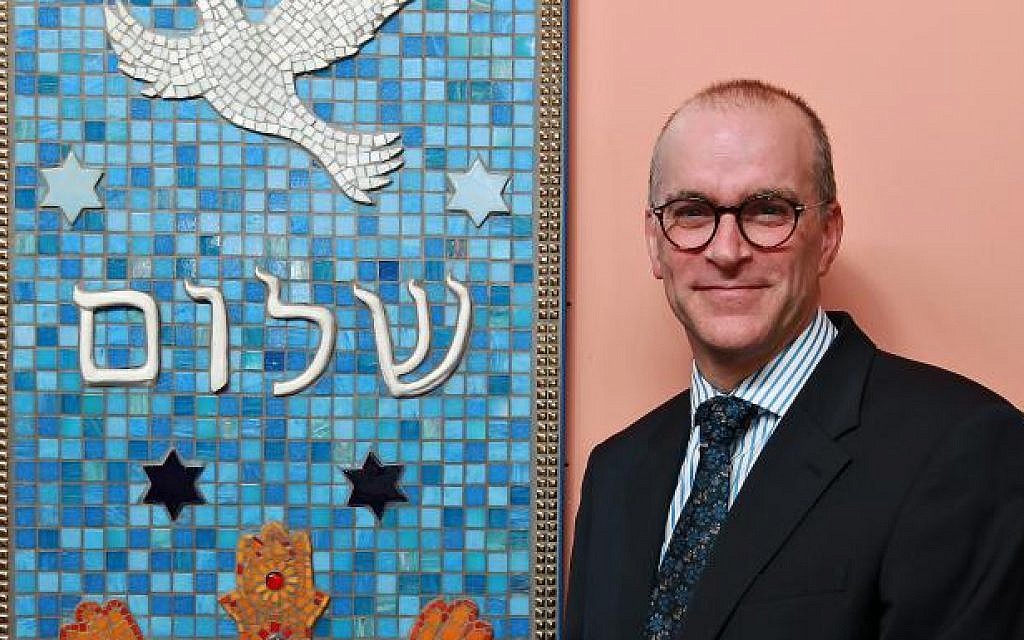Good Friday and Good Yom Tov! JCoSS head prepares his Easter sermon
Jewish News asked the definitive multitasker Patrick Moriarty to share his thoughts on his Easter/Passover experience – which may even form part of his sermon
Erev Pesach is on Good Friday this year, so it’s a busy time for Patrick Moriarty as he holds the unique position of being headteacher of JCoSS and Curate of St Stephen’s Church, St Albans. Jewish News asked the definitive multitasker to share his thoughts on his Easter/Passover experience – which may even form part of his sermon
2019 is one of the good years: the calendars conspire in such a way that the JCoSS school holidays (timed around Pesach) also work for Easter. Spare a thought – as you hunt for your chametz – for this headteacher of a Jewish school who is hunting for time to prepare the services of a whole other religion. It’s not just the dates of these two festivals that are similar: their themes and events are fundamentally intertwined, because the events that Christians are recalling and celebrating surround one particular Pesach in Jerusalem, some time around 30 CE.
A troublesome rabbi from the Galil arrives in Jerusalem to some popular acclaim. The city – as always at Pesach – is a powderkeg, as the festival’s themes of freedom from the yoke of oppression butt up against the brutal reality of Roman occupation. Tension runs high, and threatens to get unpleasant, but the dishevelled rabbi seems intent on forcing a confrontation with Jewish leaders, Romans, or both. It’s a confrontation with a twist, though, because on the one hand he talks of being the Messiah, uniquely destined to usher in the victory of God…but on the other hand his behaviour looks increasingly unhinged to Jewish leaders, and more and more provocative to Roman authorities and to the peace of the streets.
Get The Jewish News Daily Edition by email and never miss our top stories Free Sign Up
Ending up crucified – the usual Roman punishment for such offenders – is scarcely a surprise. But the symbolism he wants to weave into is not just surprising but disturbing. At a meal (maybe a seder, maybe not) just before his arrest, he dares to imply that his impending death will somehow combine the liberation of Pesach with the atonement of Yom Kippur and be a once-for-all freeing from everything that separates humans from their creator, and from each other too.
He will be, he claims, the sacrificial lamb that averts the angel of death; he will be the scapegoat onto whom all sins can be projected and then driven out into the wilderness; he will go through the deep waters and bring his people out to the Promised Land on the other side. He will be the final and complete sacrifice, removing the need for Temple worship and all the holy separations embodied in those revered stones. He will combine the two cornerstone chagim of Judaism in his own destiny: he will free God’s people from the power of sin and from the enemies of God – and take Judaism to the masses.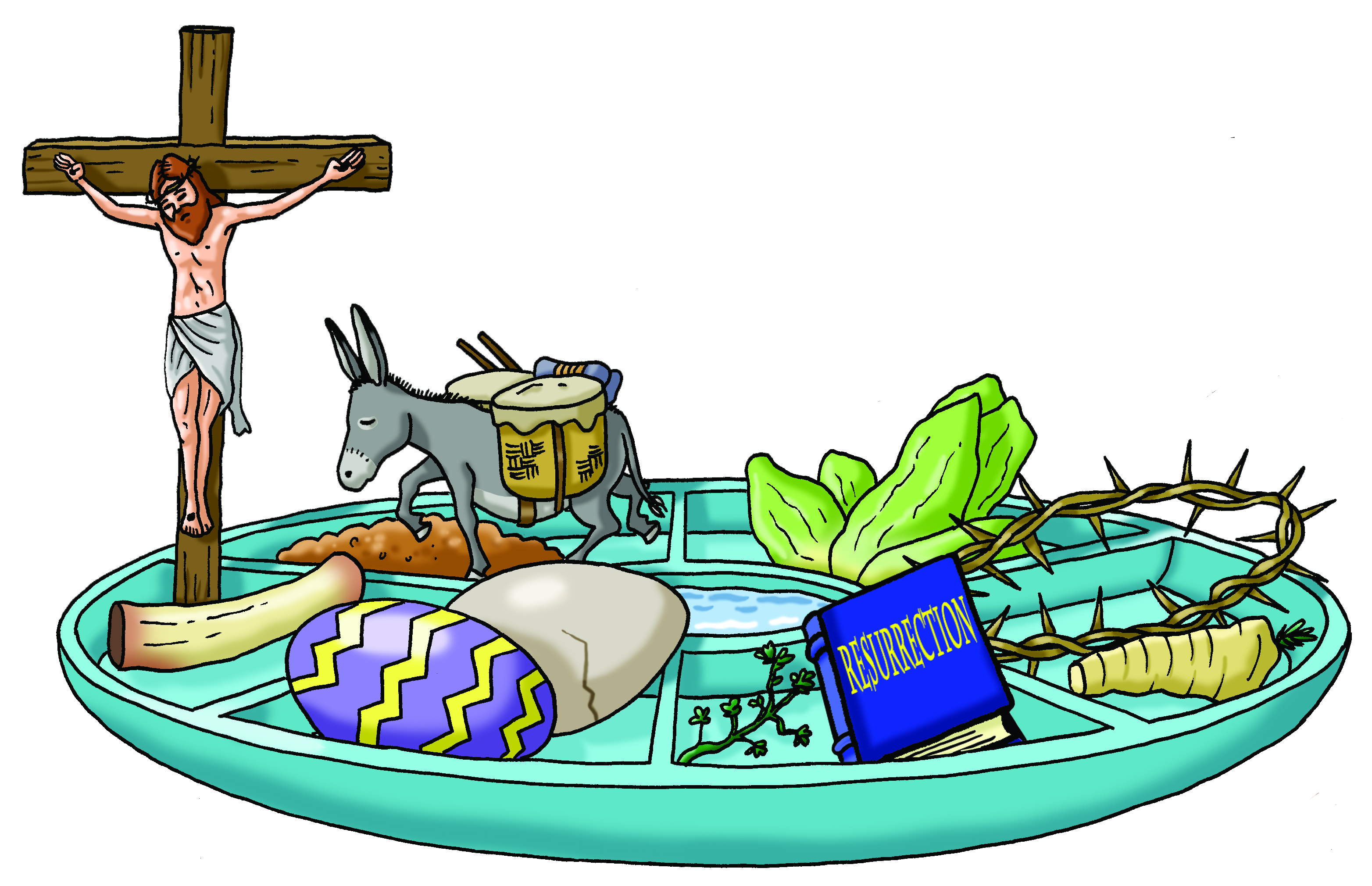
And so churches act out this story, symbolically in worship and in dramatised readings and public processions. You may see donkeys walking the streets on Palm Sunday (although the palms and the words ‘blessed is he who comes in the name of the Lord’ must be from Succot, so something has gone wrong in the narrative thread); you may see the story of that Last Supper acted out – with the priest literally washing the feet of the congregation to recall Jesus doing the same to his disciples and commanding them to do likewise on Maundy Thursday (the name is from mandatum, Latin for commandment).
That evening you may see the decorations stripped off altars, all flowers and candles unceremoniously removed from churches to mirror the desolation of the arrest. And on Good Friday (what other name would do, if the day is bringing all that freedom?) there is solemnity and soul-searching in three hours of prayer to recall the time spent on the cross – sometimes with a life-size cross as an aid to the imagination. But the service also includes a reading which – strange to say – helps makes sense of the song Dayenu.
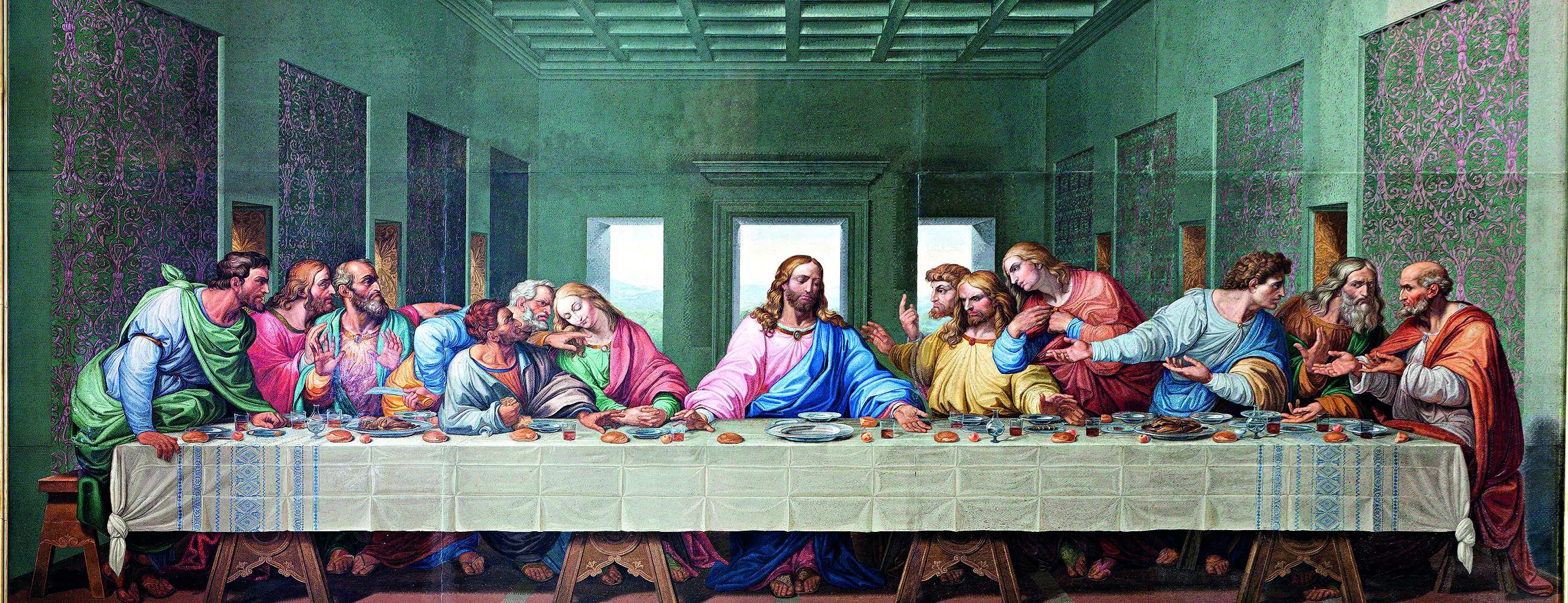
A section of liturgy called the Reproaches lists all the generous acts of God that humans have rejected: ‘My people…how have I offended you? Answer me! I led you I led you out of Egypt, from slavery to freedom, but you led your Saviour to the cross. I drowned your captors in the red sea, but you handed me over to your high priests…’. The words are addressed to the worshipping Christians, but you can see how they might reinforce the old, toxic trope that ‘the Jews killed Christ’. You might also see, though, how the Dayenu is a response to them: ‘If you had only led us out of Egypt, it would have been enough’.
The seder is much older than Christianity, but it looks as though it has adapted itself over time in order to try to rebut the false accusations of the new religion. Alas, not successfully enough to stop two millennia of antisemitism: one can only hope that another Good Friday prayer is heard fully, ‘for God’s ancient people, the Jews, the first to hear his word; for greater understanding between Christian and Jew, for the removal of our blindness and bitterness of heart’.
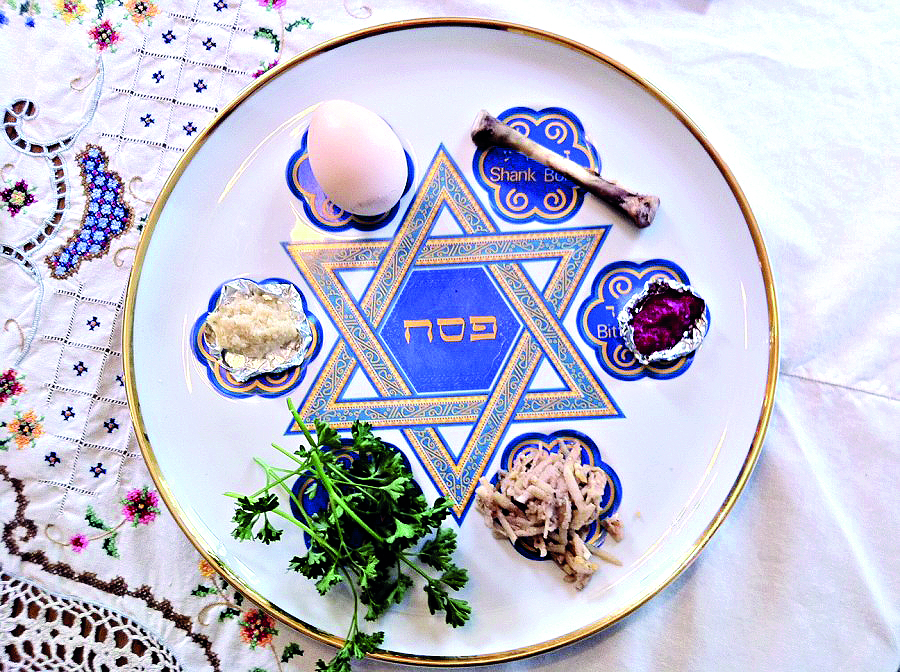
And so to Easter Day – the place where more or less accepted history gives way and where, I suspect, most Jews wonder what sort of madness has overcome their otherwise sane Christian friends. After all the mysterious, troublesome and troubling words and deeds of this disreputable rabbi, the final surprise is that his tomb is found empty at dawn on Sunday morning.
The honest will say this is a troubling sort of surprise: it leaves a question mark that Christians answer by daring to say that death could not contain this peculiar, compelling, maddeningly irresistible Messiah. The hymns are full of triumph and joy, but for me the best services are the quiet ones that start at dawn, entering the church in darkness and gradually, gently letting the meaning unfurl as the light of candles spreads from one to another.
Could there be freedom not just from sin but from death itself? And, if so, how come the sin and the enemies and the death surround us as much as ever? What sort of God would behave like this, and what sort of life should I live if so? Perplexing questions that will perhaps seem alien to Jewish ears, but I have heard echoes of them at seder meals that invite those present to reflect on what the true meaning of freedom is in a world still full of slavery and in hearts that still find it so hard to be free.
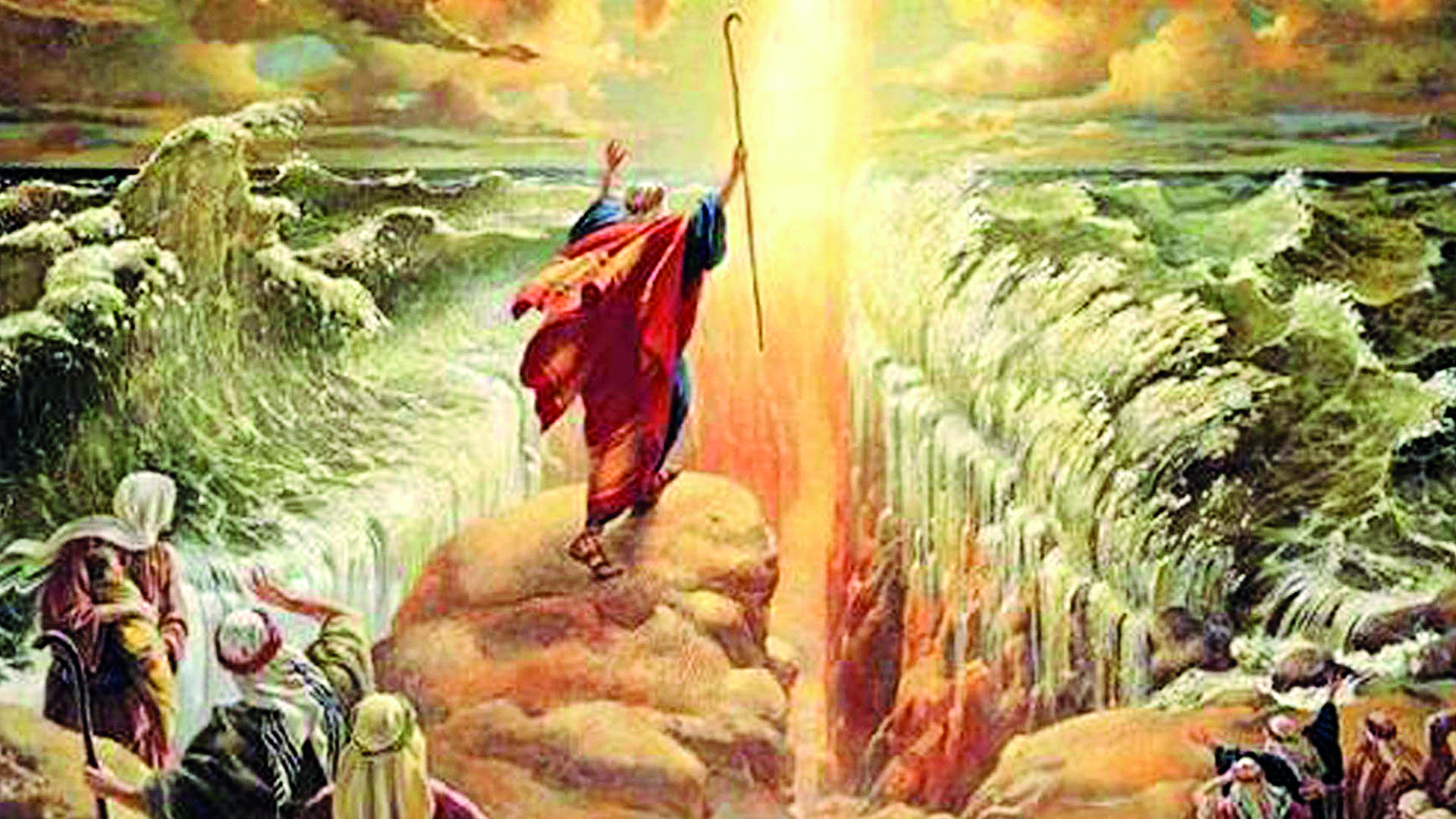
Easter may lack the easy appeal of Christmas, or the rousing feel-good victory of Pesach… but it does have chocolate eggs. Theories abound for the origins of these – perhaps new life, perhaps an echo of the seder plate, or perhaps symbolising the emptiness of the tomb (although that generally gets lost in the fullness of the stomach.)
In lots of ways, of course, Easter is where the two traditions are furthest and most painfully apart. But perhaps it’s where we should look even more carefully for the common source: the opportunities and challenges of freedom, the joy of unexpected newness of life, the power of a great story and – as always on a good festival – the satisfaction of good food.

Thank you for helping to make Jewish News the leading source of news and opinion for the UK Jewish community. Today we're asking for your invaluable help to continue putting our community first in everything we do.
For as little as £5 a month you can help sustain the vital work we do in celebrating and standing up for Jewish life in Britain.
Jewish News holds our community together and keeps us connected. Like a synagogue, it’s where people turn to feel part of something bigger. It also proudly shows the rest of Britain the vibrancy and rich culture of modern Jewish life.
You can make a quick and easy one-off or monthly contribution of £5, £10, £20 or any other sum you’re comfortable with.
100% of your donation will help us continue celebrating our community, in all its dynamic diversity...
Engaging
Being a community platform means so much more than producing a newspaper and website. One of our proudest roles is media partnering with our invaluable charities to amplify the outstanding work they do to help us all.
Celebrating
There’s no shortage of oys in the world but Jewish News takes every opportunity to celebrate the joys too, through projects like Night of Heroes, 40 Under 40 and other compelling countdowns that make the community kvell with pride.
Pioneering
In the first collaboration between media outlets from different faiths, Jewish News worked with British Muslim TV and Church Times to produce a list of young activists leading the way on interfaith understanding.
Campaigning
Royal Mail issued a stamp honouring Holocaust hero Sir Nicholas Winton after a Jewish News campaign attracted more than 100,000 backers. Jewish Newsalso produces special editions of the paper highlighting pressing issues including mental health and Holocaust remembrance.
Easy access
In an age when news is readily accessible, Jewish News provides high-quality content free online and offline, removing any financial barriers to connecting people.
Voice of our community to wider society
The Jewish News team regularly appears on TV, radio and on the pages of the national press to comment on stories about the Jewish community. Easy access to the paper on the streets of London also means Jewish News provides an invaluable window into the community for the country at large.
We hope you agree all this is worth preserving.
-
By Laurent Vaughan - Senior Associate (Bishop & Sewell Solicitors)
-
By Laurent Vaughan - Senior Associate (Bishop & Sewell Solicitors)
-
By Laurent Vaughan - Senior Associate (Bishop & Sewell Solicitors)
-
By Laurent Vaughan - Senior Associate (Bishop & Sewell Solicitors)


